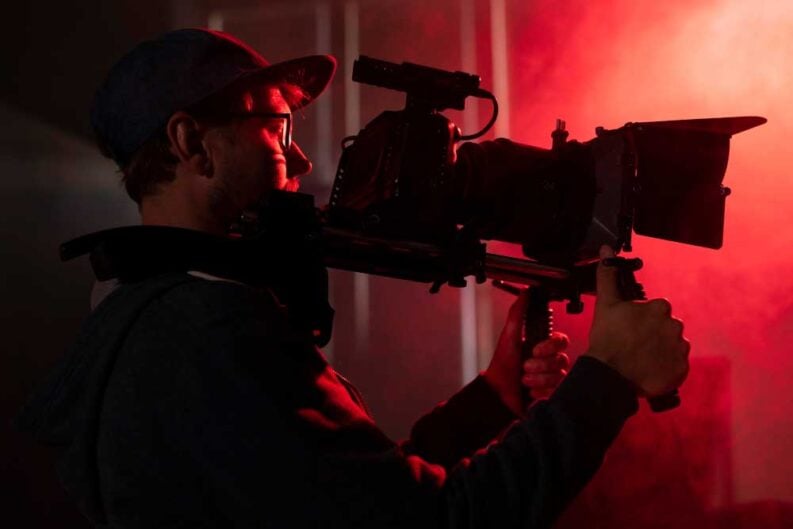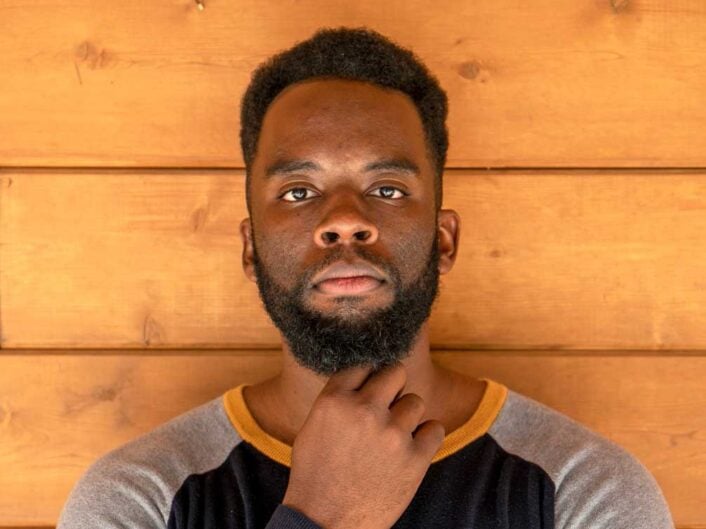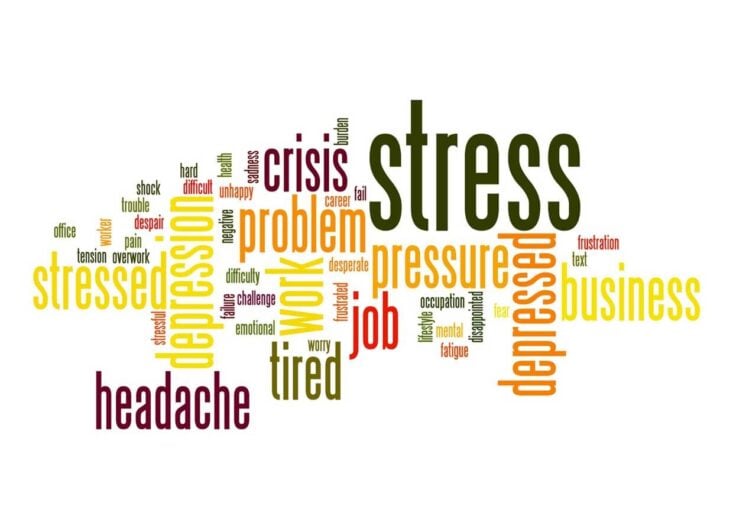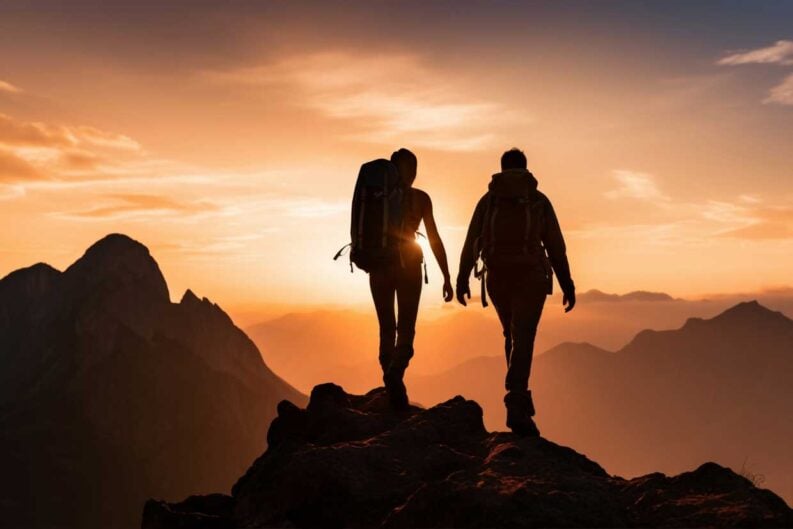When people think about filmmaking, everyone’s attention goes straight to the big-budget Hollywood features. But few, however, ever think of the importance of documentary filmmaking. Narrative film is but only one avenue of the many that exist in the industry.
On the other side, documentaries tend to go more for the more instructive, reflective side of things. While not nearly as valued as other more budgeted film productions, documentaries can leave a lasting impact to move anyone who sees them.
The purpose of documentary films is to give insight into our world’s real-life events, people, and issues. They can highlight specific moments in our history, cover conflicts from different points of view, provide commentary about our present lives, and shape public opinion to create social change. There’s a myriad of aspects one has to be aware of to make the perfect documentary.
What Is a Documentary?
A documentary is a video or film detailing a real-life person, theme, event, or problem. Documentaries are educational, informational, instructional, and historical films that entertain and stimulate the mind of viewers.
This stimulation aims to move watchers into deep reflection or question the status quo. The subject matter of documentaries can range from social issues like poverty or gender inequality to reporting the lives of historical figures or famous persons.
It’s essential to note that documentaries must entertain and inspire; they can’t be just a simple recollection of archival footage and interviews. Even though they’re grounded in facts, documentaries must tell stories that are not only real but also compelling and engaging.
Aspects to Focus on in Documentary Filmmaking
For anyone starting off in documentary filmmaking, there are a million aspects they should focus on to ensure the quality of the end product, from the equipment, how to film, the length of the film, and many others. Here, however, we’ve compiled a select few that we know will prove valuable in your documentary endeavor:
1. Go for a Versatile Camera
Having the right gear for the job is essential. Documentary filmmaking can be incredibly chaotic as it often requires a great deal of flexibility to work in environments where you have very little control. For example, you can expect less-than-ideal lighting and shallow compositions when filming.
Ideally, you should go for a camera with strong low-light capabilities, great dynamic range, strong stabilization for handheld use, good battery life, and easy-to-use controls. You also don’t need the fanciest camera out there; something with high reliability and a proven track record will work great.
2. Lighting Is Key
Proper lighting goes a long way in helping to establish emotions, express your characters, and direct the audience to specific aspects. Documentary filmmakers often have very little control over the lighting due to the nature of their filming. Nonetheless, having a great understanding of how lighting works and the right instinct to “find it” with the proper angles is paramount. Changing your angle, using light from a window, or adding a makeshift bounce board can enhance the mood and feeling of your scene.
3. Use as Many Audio Sources as Possible
Always try to record your audio from as many sources as possible; don’t leave it as an afterthought. While doing your documentary out in the field, you’ll never feel secure with just one audio source. As such, having multiple sources can prove valuable in case one becomes unusable or corrupted.
4. Don’t Stop Rolling Just Yet
A handy tip here for documentarians: always keep the camera rolling. The core aspect of documentaries is about capturing or creating the realness of things. This aspect means catching the raw or endearing expression on someone’s face, their reactions, or a specific moment. If you keep cameras rolling for a bit more than usual, you can find actors put their guard down when they feel off-camera, leading to surprising discoveries.
5. Leverage New Tech, Apps, and Services
As we move into the digital future, filmmaking cannot stay behind. With plenty of DIY production crews and run-and-gun projects happening, it’s nice to know that you can access plenty of digital solutions that can help you with your documentary filmmaking. It’s no secret that documentarians often become one-person armies as they handle producing, editing, and shooting themselves. In case you don’t have an entire crew to back you up, plenty of technologies, apps, and services exist to lend you a hand.
The most helpful apps can aid you in producing your documentary film as you go by limiting the amount of paperwork and assisting with several touch-up duties. In addition, some services can help you transcribe a video for subtitles or captions if you don’t have the time to do it yourself.

Documentary Types
Many types of documentaries exist depending on their purposes. Take biographical films into consideration. Even though they focus on a particular historical figure, they aren’t limited to the past and can be about present-day personalities.
Documentaries are key in providing a better understanding of how events of the past have shaped the present. They can be about a wide variety of subject matters. And independently of these, they can rely upon various techniques. For example:
1. Poetic
These go for a specific tone and mood through evocative, reflective visuals rather than just telling a tale. They are a style of avant-garde documentary that first appeared in the 1920s but became popular in the early 2000s.
2. Expository
One of the most widely used forms of documentary, this type aims to inform audiences of specific topics or issues through narration or expert interviews.
3. Observational
This type of documentary captures reality as it is. Audiences observe the natural flow of events and participants, with the film speaking for itself.
4. Participatory
In this one, the film’s subjects participate actively in the creative process of the film. Not only does it give them a direct voice in the production, but it also helps to provide a 100% authentic representation of experiences.
5. Reflexive
These documentaries are all about the role of the filmmaker and that of the audience in watching it. Transparency is at the forefront, with the filmmakers frequently speaking directly to the audience and giving their own thoughts and feelings on the matter.
6. Performative
Here, the focus is as much on the storyteller as it is on the subject, with filmmakers proposing universal truths grounded on interpretations.
Final Words
As you can see, documentaries can not only vary a lot in the techniques they use to present the realness of different matters; they also have various aspects you need to focus on to achieve a proper production.
By learning how to film one, you can gain the proficiency you need to take on other bigger projects. In the meantime, thanks to documentaries, you’ll be able to explore a medium that provides tremendous insights into a multitude of matters. And who knows, maybe you’ll drive that long-awaited social change.















